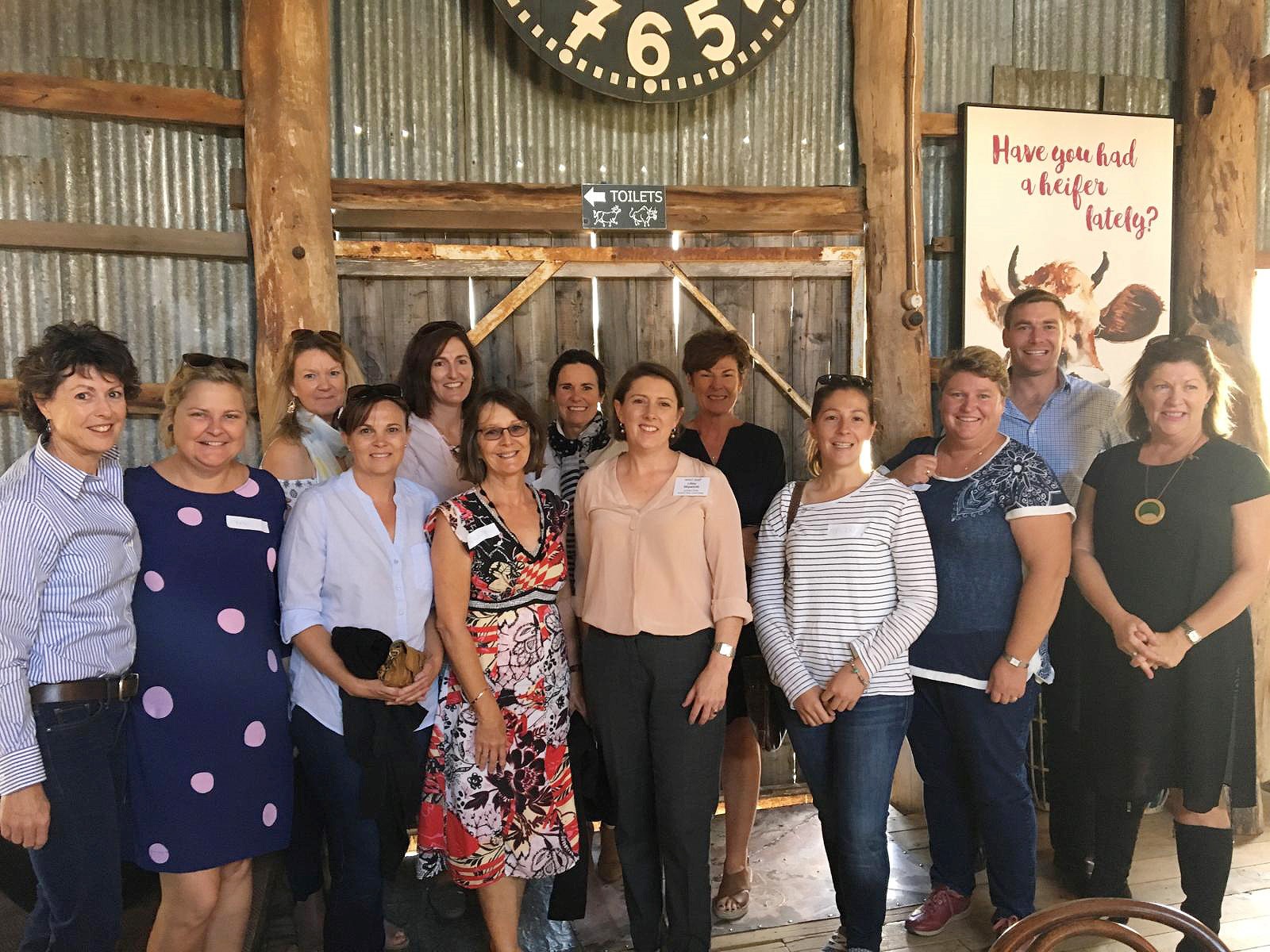The Soil CRC spent five minutes with Diana Fear, Acting CEO of Central West Farming Systems (CWFS).
What area and type of farming do you cover?
We cover 14 million hectares of farming land in the Central West of NSW, from Forbes to Nyngan to Parkes and Hillston. We are a low rainfall area with mostly broadacre crops such as wheat, canola, cotton, pulses and chickpeas. We also cover some livestock businesses.
What type of soils do you have?
A broad classification of our area is red chromosol. But we are a composition of grey clays in river country, red clay loam, red sandy loam and rocky sandy loam. Most soils tending to be slightly acidic in top 10 cm, which becomes more basic at depth. The exception is the heavier clays. Red soils are generally lower in aluminium then the darker soils, so aluminuim toxicity is not always apparent at lower pH. Organic matter and organic carbon, nitrogen and phosphorus are generally low as well. We have also had magnesic layers identified in some parts of the region.
Why did get CWFS get involved in the Soil CRC?
CWFS is very aligned with the Soil CRC values. We want to make the most of our soils, we want to improve them. We know that without productive soils we can’t have good crops. If a farming business doesn’t look after its soil, it won’t improve and grow. Soils are the building blocks of a productive and sustainable farm.
It’s important that farmers and farmer groups are involved in research in agriculture from the grass roots. There can often be a disconnect between farmers, researchers and academics – working with the Soil CRC helps to bridge the gap, it keeps the research real and relevant. It also helps with adoption. If you want farmers to change, they need to be involved from the beginning.
What current Soil CRC projects is CWFS participating in?
- New cost-effective pathways to recover and evaluate high-grade fertilisers from organic waste streams – led by Dane Lamb from The University of Newcastle
- Plant based solutions to improve soil performance through rhizosphere modification – led by Terry Rose from Southern Cross University
How many members do you have?
We have 330 members. The members have access to research, newsletters, workshops, field days, demonstrations and an annual compendium. CWFS’ Women & Youth in Agriculture Project aims to engage and empower women and youth to participate more fully in agriculture and increase productivity through building opportunities. The CWFS creates a real community of farmers in our area.

